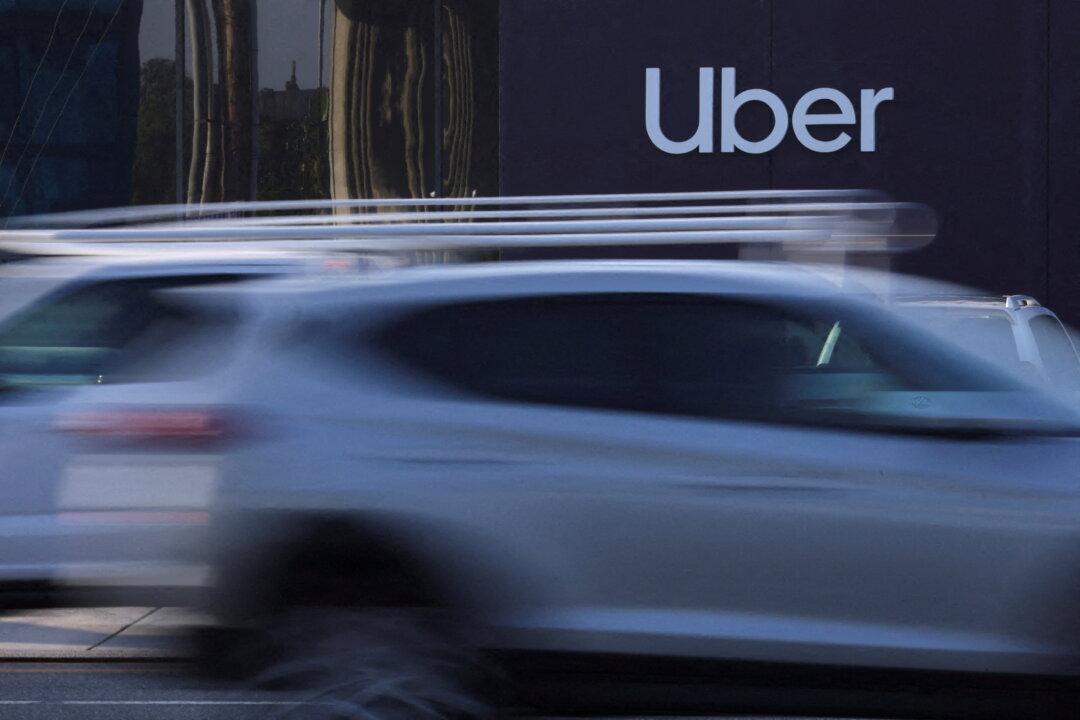Ride-hailing service Uber is planning to enter the car rental market in the United States, allowing people to hire cars from owners in select cities.
The Carshare rental program was announced by Uber on Thursday. The program will provide a platform where car owners can list their vehicles and rent them out to borrowers at daily or hourly rates.





